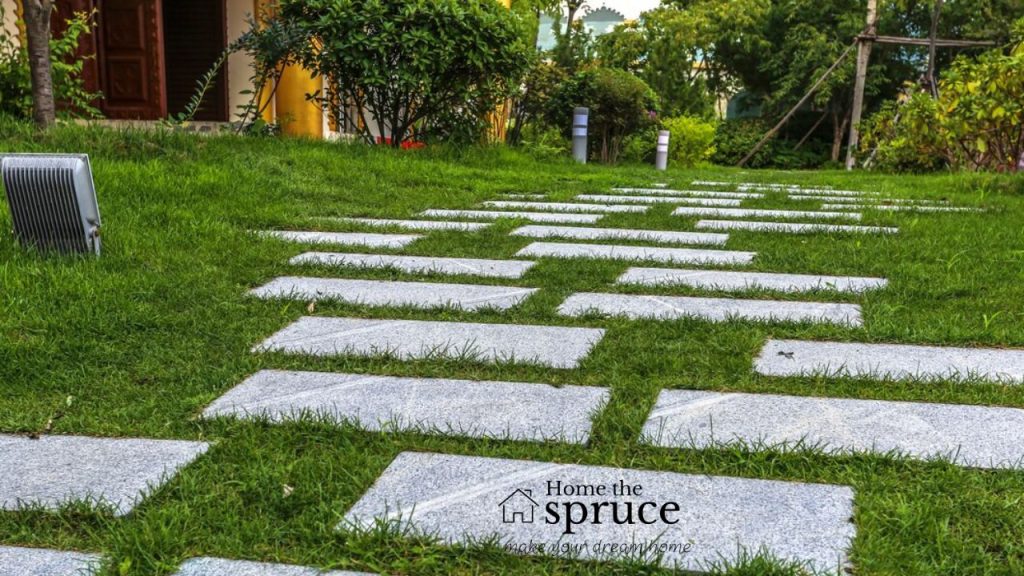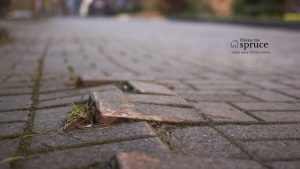Landscaping can transform an outdoor space, adding value and curb appeal to any property.
However, factors such as location can influence expenses. For example, if you want to know the landscaping costs in Toronto, they vary widely, making it essential to find cost-effective strategies to achieve a beautiful yard without overspending. While high-end projects may yield stunning results, there are budget-friendly strategies that can still create an impressive landscape.

Choosing your methods, materials, and plants carefully allows you to achieve a beautiful yard without exceeding your budget. Today, let’s tackle several cost-effective ways to landscape, focusing on sustainable, low-maintenance, and creative methods.
Choosing Affordable Plants
One of the most significant expenses in landscaping is plant selection. To keep costs low, opt for native plants that thrive in your region without excessive care. These plants generally need minimal water, fertilizer, and upkeep, making them a cost-effective long-term choice. Additionally, consider purchasing bulk or opting for smaller plants that will grow over time rather than mature, expensive specimens.
Using Mulch Alternatives
Mulching is essential for retaining soil moisture, preventing weeds, and enhancing soil quality. However, traditional mulch materials like bark chips can be costly. Consider using alternatives such as grass clippings, fallen leaves, or compost from kitchen scraps. These options provide similar benefits while being more sustainable and budget-friendly.
Installing Hardscaping Features

Hardscaping elements, such as patios, retaining walls, and pathways, add structure to a landscape. Instead of expensive stone or pavers, opt for cost-effective materials like gravel, recycled concrete, or reclaimed bricks. DIY installation can cut expenses, as professional labor costs can be significant.
Growing Low-Maintenance Lawn
A well-maintained lawn can be costly due to watering, fertilizing, and mowing requirements. To reduce expenses choose drought-resistant grass varieties, such as TifTuf Bermuda grass, that require less irrigation. Alternatively, traditional grass can be replaced with ground covers such as clover or creeping thyme, which need minimal upkeep and provide greenery without high maintenance costs.
Repurposing Garden Items
Repurposing materials from home improvement projects or salvage yards can save money on landscaping. Wooden pallets can be used for raised garden beds, while old bricks can create walkways or edging. Upcycling furniture or containers for planters can also add unique decorative elements at little to no cost.
Installing Drip Irrigation
Watering can become a major ongoing expense, particularly in dry climates. A drip irrigation system is an efficient alternative to traditional sprinklers. This system delivers water straight to the roots, minimizing waste and cutting utility costs. DIY kits are easily accessible at hardware stores and require little installation effort.
Buying Materials in Bulk
Purchasing landscaping materials such as soil, gravel, or mulch in small bags can be costly. Buying in bulk from local suppliers often provides significant savings. Many garden centers offer discounts for large quantities, and some municipalities provide free mulch or compost to residents.
Selecting Perennial Plants
Perennials return year after year, reducing the need for replanting compared to annuals, which last only one season. Selecting perennials that thrive in your climate ensures long-term savings and minimal upkeep. Popular budget-friendly options include lavender, hostas, and daylilies.
Incorporating DIY Projects
Hiring professionals for landscaping projects can be costly. Instead, take on DIY projects such as building garden beds, installing edging, or creating decorative features like trellises. Educational resources like online guides and community workshops make it simple to attain professional-looking outcomes without hiring a contractor.
Reducing Water Usage
Minimizing water consumption is key to cost-effective landscaping. Along with drought-tolerant plants and drip irrigation, installing rain barrels can help collect water for reuse. Organizing plants by their water requirements further enhances efficiency and reduces waste.
Maintaining Soil Quality
Maintaining healthy soil boosts plant vitality while cutting down on fertilizer expenses. Composting organic waste can create a nutrient-rich soil amendment at no extra cost. A soil test can pinpoint nutrient deficiencies, allowing for targeted fertilization and preventing overspending on unnecessary products.
Choosing Cost-efficient Lighting
Outdoor lighting enhances safety and aesthetics, but traditional wired lighting can be expensive to install and operate. Solar-powered lights provide an affordable, energy-efficient alternative. They require no wiring and use free solar energy, reducing electricity costs over time.
Opting for Functional Design
A well-planned landscape minimizes waste and maximizes efficiency. Simple, functional designs that focus on essential elements reduce unnecessary expenses. Avoid excessive ornamentation or intricate layouts that require frequent upkeep and additional resources.
Final Thoughts
Cost-effective landscaping involves strategic planning, smart material choices, and sustainable practices. By selecting native plants, repurposing materials, implementing water-efficient solutions, and embracing DIY projects, homeowners can achieve an attractive landscape while keeping expenses low. A balance of affordability and practicality ensures a beautiful, low-maintenance outdoor space without breaking the budget.








